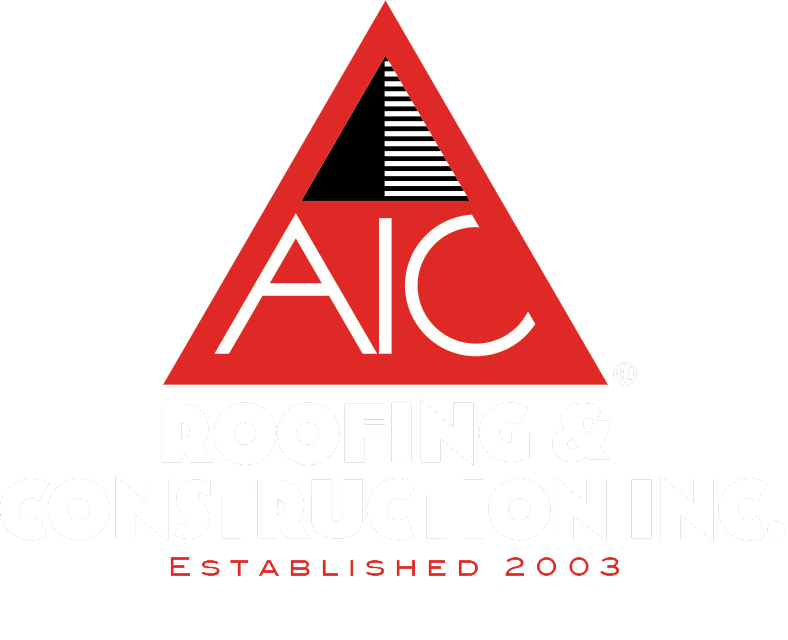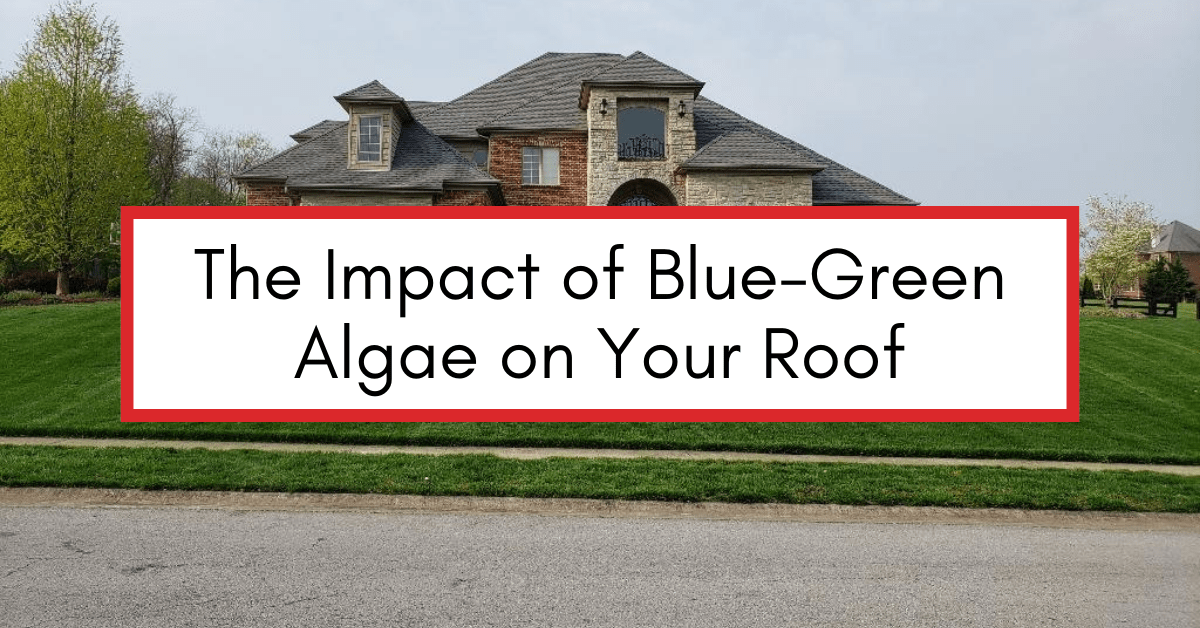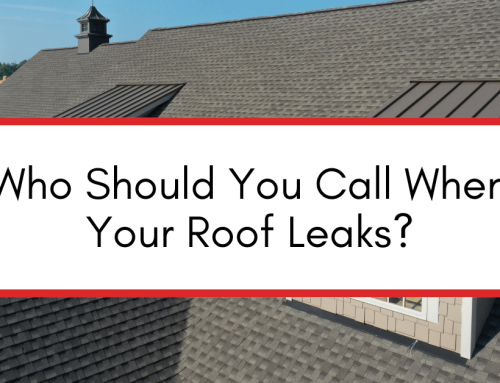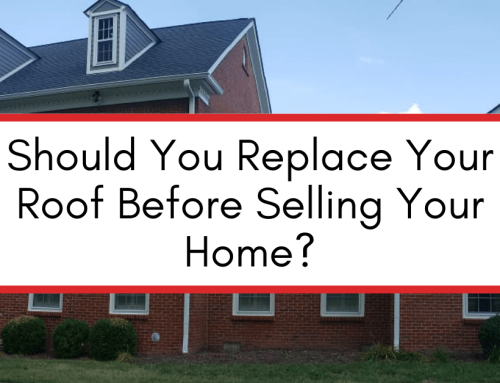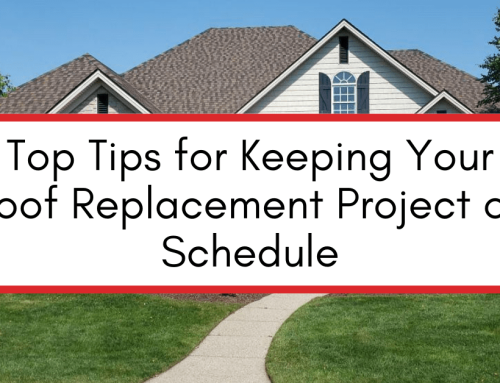Your roof has a big impact on the overall curb appeal of your home. It’s easy to take a great looking roof for granted. Blue-green algae may not be something you think about when it comes to your roof, but it can actually have a significant impact on its condition and longevity.
We want to make the roof repair and replacement process as transparent as possible for Central Kentucky and Cincinnati homeowners. You should feel confident making decisions about your roof. That’s why we created our Learning Center and YouTube Channel – to give honest, thorough answers on some of the most common questions homeowners have regarding their roofing system.
In this article, we will explore the world of blue-green algae, its relationship with roofs, the negative effects it can have, and preventive measures and treatment methods that can help combat this issue.
Understanding Blue-Green Algae
What is Blue-Green Algae?
Blue-green algae, also known as cyanobacteria, are microscopic organisms that thrive in water environments, including lakes, rivers, and (unfortunately) on roofs. They possess the unique ability to produce oxygen through photosynthesis, similar to plants. While they may appear as harmless green or bluish-green patches, they can cause significant problems when they find their way onto your roof.
When blue-green algae colonize on roofs, they can create a variety of issues. Not only do they detract from the aesthetic appeal of your home, but they can also compromise the integrity of your roof’s surface. The algae’s sticky secretions can trap dirt and debris, leading to the formation of a thick, unsightly layer. Over time, this layer can retain moisture, creating a conducive environment for the growth of moss and other organisms.
Furthermore, blue-green algae can produce toxins that are harmful to humans and animals. These toxins can be released into the air when the algae are disturbed, posing a potential health risk. In addition, the presence of blue-green algae on roofs can affect the energy efficiency of your home. The dark patches absorb more sunlight, causing the roof to heat up and potentially increasing your cooling costs.
The Life Cycle of Blue-Green Algae
Blue-green algae have a complex life cycle that involves both a vegetative stage and a reproductive stage. During the vegetative stage, the algae multiply and form colonies, which can be easily transported by wind or rain to other areas, including roofs. This colonization can lead to the formation of unsightly patches.
As the blue-green algae colonies grow, they can produce a slimy layer that adheres to the roof’s surface. This layer provides a suitable environment for other organisms, such as fungi and lichens, to thrive. The presence of these additional organisms can further deteriorate the roof’s condition and accelerate the growth of moss and other plant life.
The Relationship Between Blue-Green Algae and Roofs
How Does Blue-Green Algae End Up on Roofs?
Blue-green algae can find their way onto roofs through various means. Wind can carry spores or colonies from nearby bodies of water and deposit them onto your roof. This process is known as aerial dispersal. As the wind blows, it can pick up algae particles and transport them over long distances, eventually settling on roofs.
In addition to aerial dispersal, heavy rainfall can also contribute to the presence of blue-green algae on roofs. When it rains, water can wash algae from trees, fences, or other structures and deposit them onto your roof. This phenomenon is particularly common in areas with a high concentration of algae-infested bodies of water.
It is important to note that blue-green algae are microscopic organisms that can be easily carried by wind or water. Therefore, even if you live far away from a body of water, it is still possible for algae to end up on your roof due to these natural dispersal mechanisms.
Ideal Conditions for Blue-Green Algae Growth on Roofs
Blue-green algae require certain favorable conditions to grow and spread on roofs. They thrive in warm and humid environments – like those found in Central Kentucky and Cincinnati, making regions with high temperatures and frequent rain showers more susceptible to blue-green algae growth. These conditions provide the perfect breeding ground for algae to flourish.
Furthermore, the presence of organic matter on the roof can significantly contribute to the growth of blue-green algae. Leaves, twigs, and other debris that accumulate on the roof can serve as a nutrient-rich substrate for the algae to feed on. As the organic matter decomposes, it releases nutrients that promote the growth of algae colonies.
Roofs with poor drainage or areas that retain moisture for extended periods are particularly vulnerable to blue-green algae growth. The stagnant water provides a moist environment that allows the algae to thrive and spread rapidly.
It is worth mentioning that certain types of roofing materials, such as asphalt shingles, are more prone to blue-green algae growth. The rough texture of these shingles provides a suitable surface for algae to attach and establish themselves, further facilitating their growth and colonization. Some manufacturers, like GAF and Owens Corning, make specialty shingles which have superior algae resistance. Ask your roofing contractor if these specialty shingles are the right fit for your roof!
The Negative Effects of Blue-Green Algae on Your Roof
Aesthetic Damage Caused by Blue-Green Algae
Imagine looking up at your home and seeing unsightly dark streaks running across the roof. It can be quite disheartening, as your roof is one of the most visible parts of your house. These algae not only make your roof look dirty and neglected, but they also detract from the overall curb appeal of your home. Visitors and potential buyers may be put off by the unsightly appearance, affecting the value of your property.
Algae can create dark stains or streaks on your roof, giving it an unkempt and unappealing appearance. The longer the algae are allowed to remain, the more difficult it becomes to restore your roof to its original condition.
Furthermore, the presence of blue-green algae can create a negative impression about the maintenance and care you put into your home. It may give the impression that you neglect important aspects of your property, leading to concerns about the overall condition of your house.
Structural Damage Caused by Blue-Green Algae
While the aesthetic damage is a visible concern, the structural damage caused by blue-green algae is equally important. As the colonies of algae grow and accumulate on the roof’s surface, they can trap moisture against the shingles, leading to the deterioration of the roof’s structural integrity. Over time, this can result in leaks, weakened shingles, and the need for costly repairs or even roof replacement.
Blue-green algae thrive in warm and humid environments, which are often found on rooftops. The algae form a layer that prevents the roof from drying properly after rain or dew, creating a moist environment that promotes the growth of other organisms, such as moss and lichen. These additional organisms can further damage the roof, exacerbating the structural issues caused by the algae.
As the algae colonies continue to grow, they can penetrate the protective layers of the shingles, causing them to become brittle and lose their ability to effectively repel water. This can lead to water seeping into the underlying layers of the roof, resulting in leaks and water damage to the interior of your home. The moisture trapped by the algae can also contribute to the growth of mold and mildew, posing health risks to you and your family.
Furthermore, the weight of the algae and other organisms can put additional stress on the roof’s structure, potentially causing it to sag or weaken over time. This compromises the overall stability of your roof and increases the risk of collapse, especially during heavy rain or snowfall.
It is crucial to address blue-green algae growth on your roof promptly to prevent further structural damage and potential safety hazards. Regular roof maintenance, including cleaning and treatment, can help mitigate the negative effects of these algae and ensure the longevity of your roof.
Prevention and Treatment of Blue-Green Algae on Roofs
Preventive Measures Against Blue-Green Algae
To prevent blue-green algae from colonizing your roof, there are several preventive measures you can take. Regularly cleaning your roof to remove leaves and other debris can eliminate potential food sources for the algae. Trimming overhanging tree branches can also help reduce the amount of shade on your roof, making it less favorable for algae growth. Additionally, installing zinc or copper strips along the ridge of your roof can provide a natural barrier against algae.
Effective Treatment Methods for Blue-Green Algae
If blue-green algae have already taken hold on your roof, there are effective treatment methods available. Roof cleaning professionals can use gentle solutions or pressure washing techniques to safely remove the algae and restore the appearance of your roof. It is essential to enlist the help of professionals to ensure proper cleaning techniques or shingle replacement are used without causing further damage to your roof.
Does Your Roof Have Algae?
Algae on your roof does not always mean that you need a full roof replacement. Many causes of algae can be easily repaired if the issue is addressed in a timely manner.
Don’t put off having your roof inspected over fear of a large problem. You are most likely costing yourself thousands by doing so! If you suspect you may have an algae problem on your roof, contact us today!
3-tab attics barns chimney choosing a contractor commercial cost curb appeal DIY estimate financing flashing flat roof GAF glossary gutter replacement gutters gutter size gutter system ice dams inspections insurance missing shingles roof design roofing materials roofing system roof leak roof maintenance roof materials roof repair roof replacement roof shapes roof types shingle ratings shingles siding siding materials siding replacement skylights storm damage underlayment ventilation warranty winter
